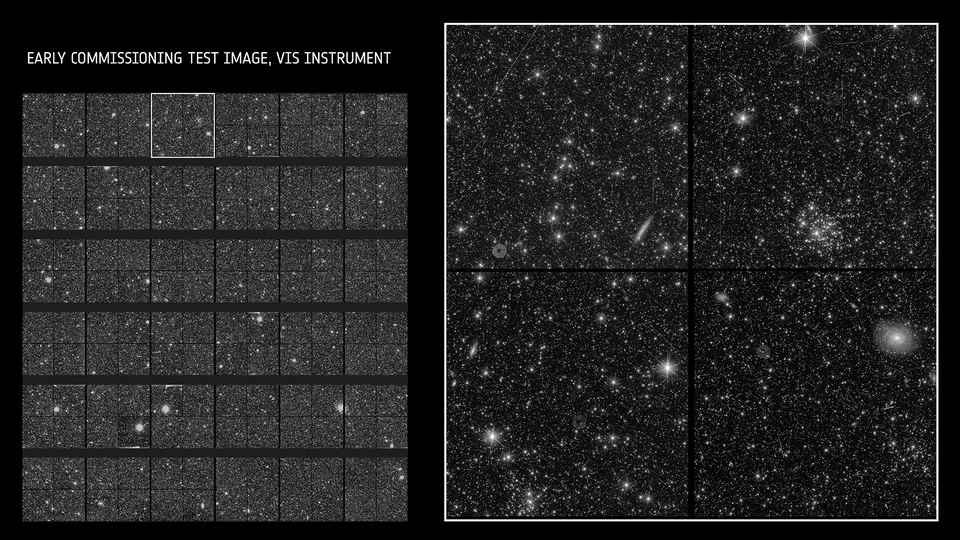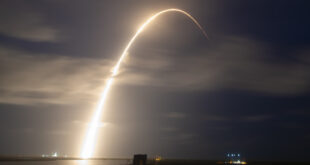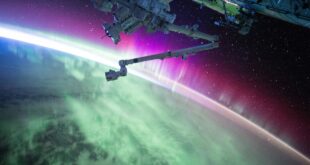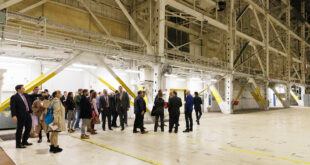
Ibadan, 1 August 2023. – Euclid’s two instruments have captured their first test images. The results indicate that the space telescope will achieve its scientific goals and possibly much more. Although there are months to go before Euclid delivers its accurate new view of the cosmos, reaching this milestone means the scientists and engineers behind the mission are confident that the telescope and instruments are working well.
In Euclid’s VISible instrument (VIS) ‘s first picture, while a few galaxies are very easy to spot, many more are fuzzy blobs hidden amongst the stars, waiting for the spacecraft to unveil them in the future. Though the image is full of detail, the area of the sky it covers is only about a quarter of the width and height of the full Moon.
Mark Cropper from University College London led the development of VIS: “I’m glad because of the beauty of these images and the abundance of information contained within them. I’m so proud of what the VIS team has achieved and grateful to all of those who have enabled this capability. VIS images will be available for all to use, whether for scientific or other purposes. They will belong to everybody.”
In the second image, the light from Euclid’s telescope had passed through a ‘grism’ before it reached the detector. The device splits light from every star and galaxy by wavelength, so each vertical streak of light in the image is one star or galaxy. This special way of looking at the Universe allows us to determine what each galaxy comprises, which allows researchers to evaluate its distance from Earth.





